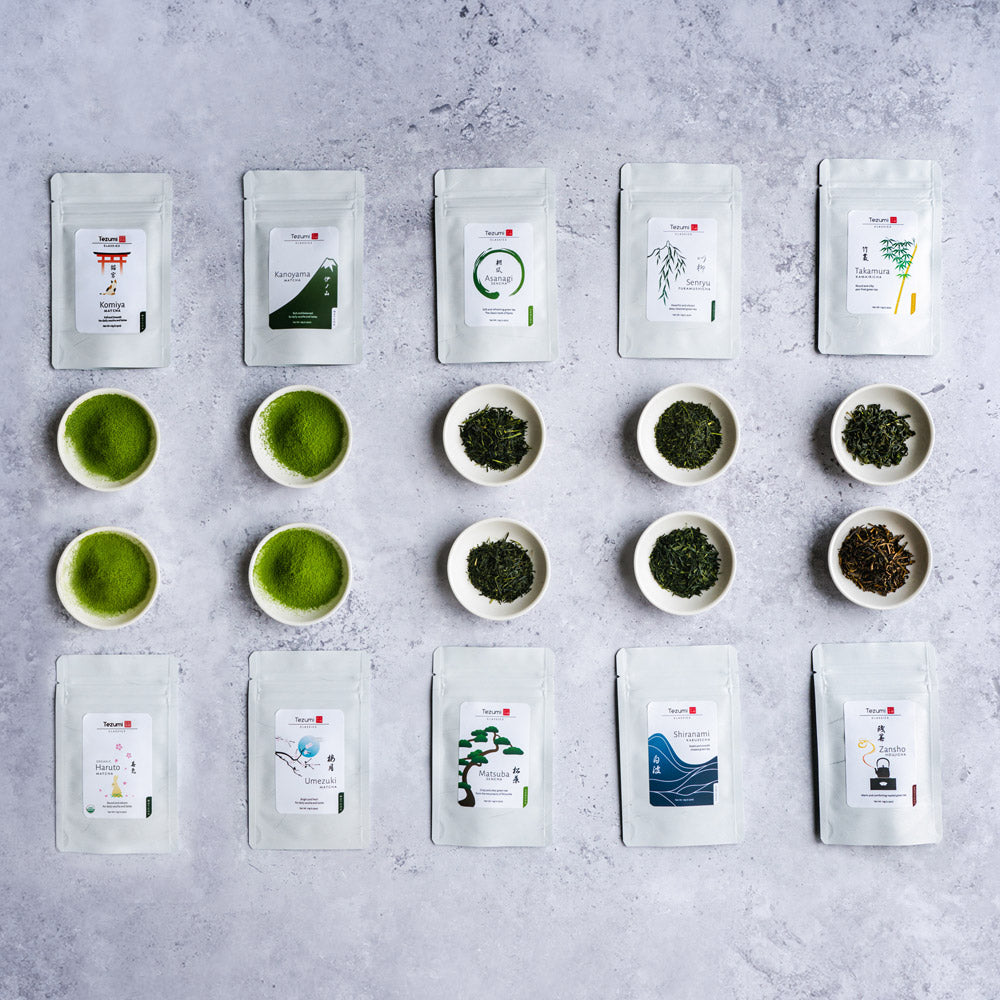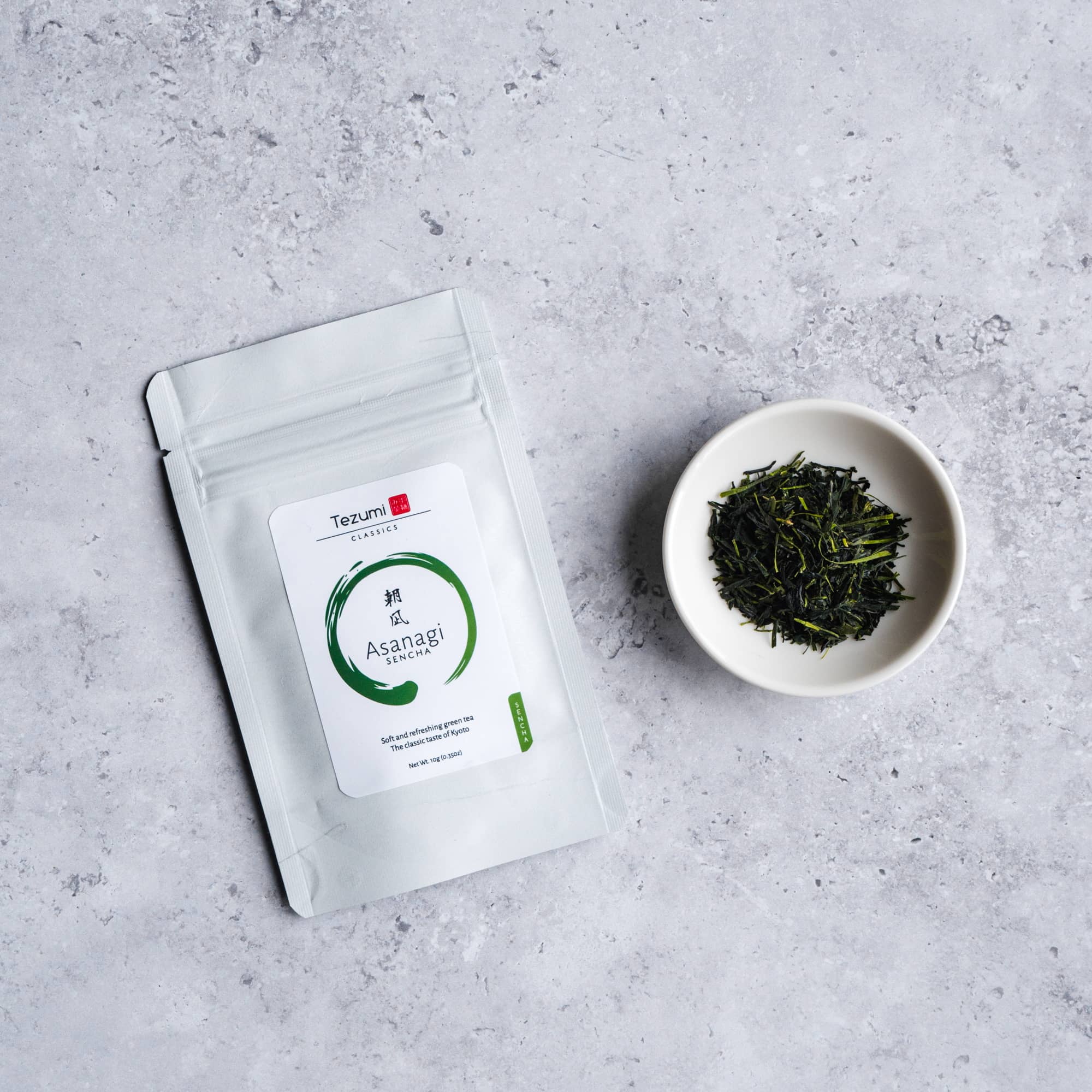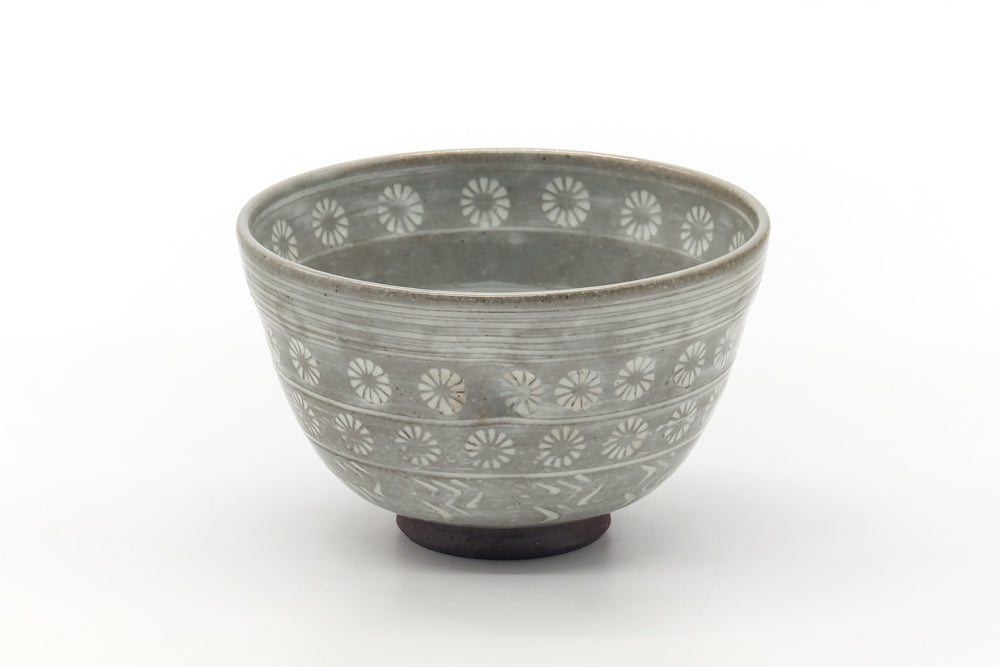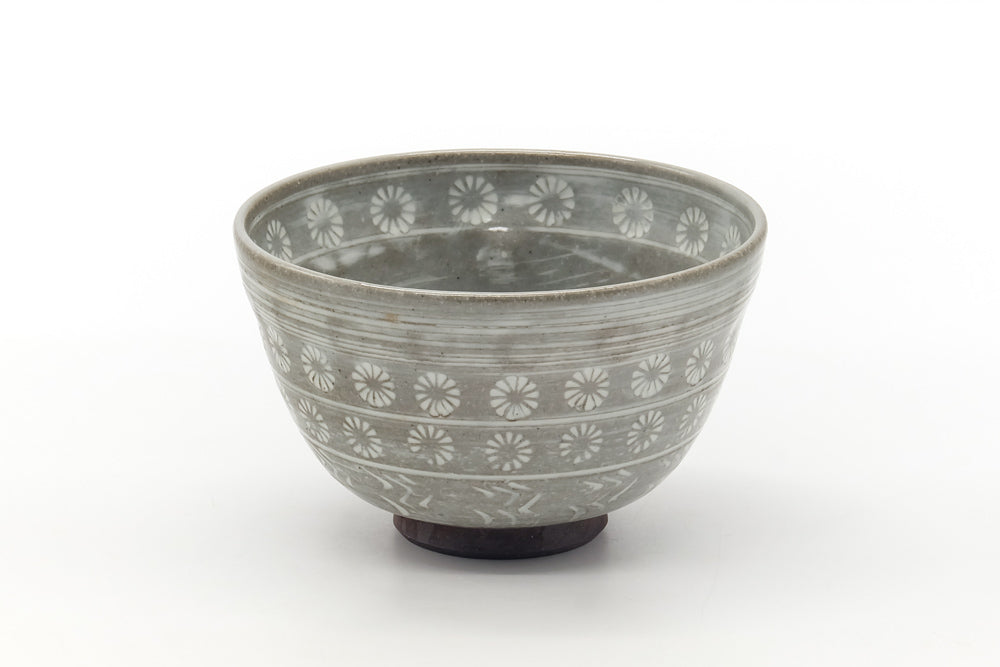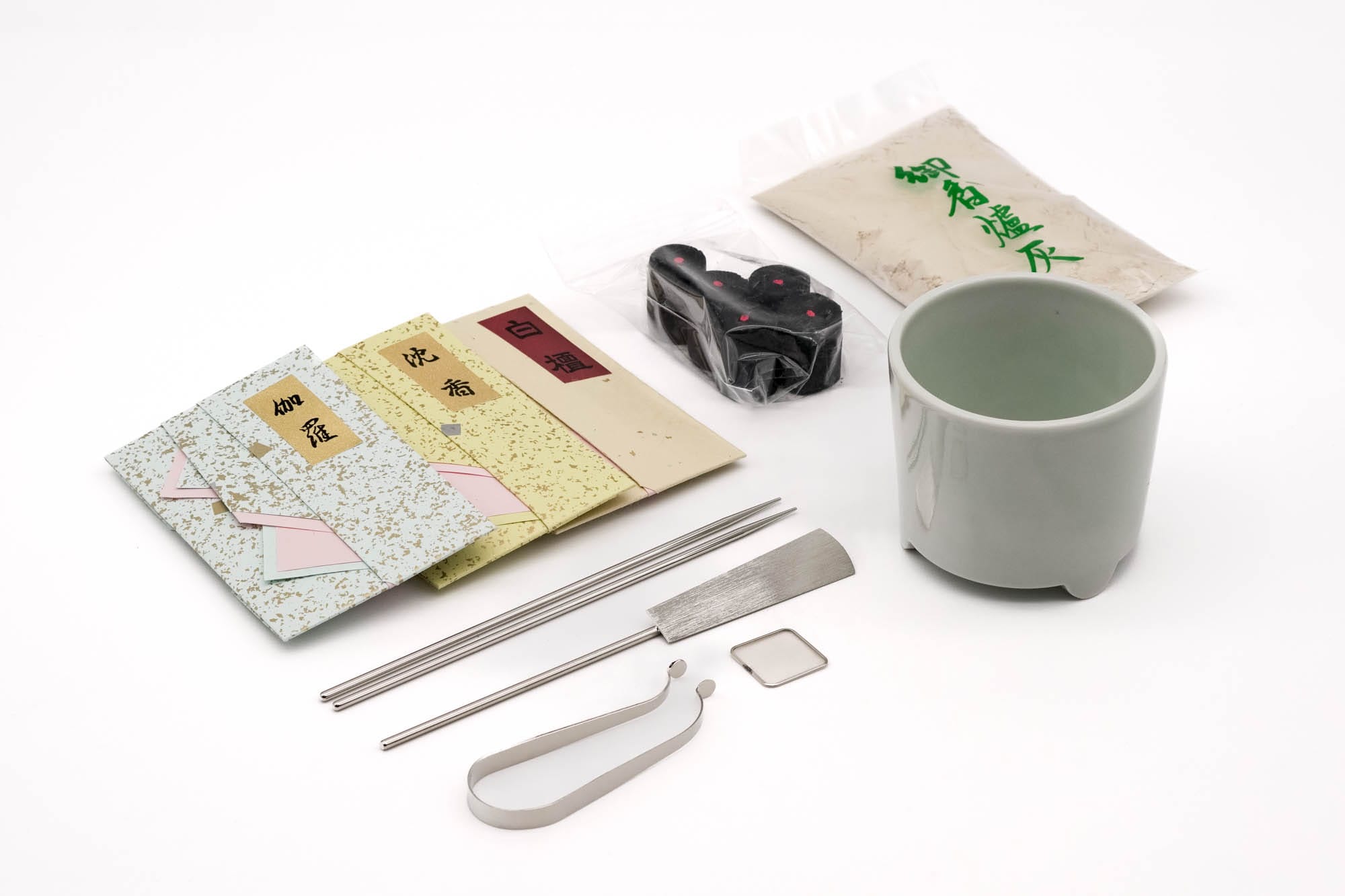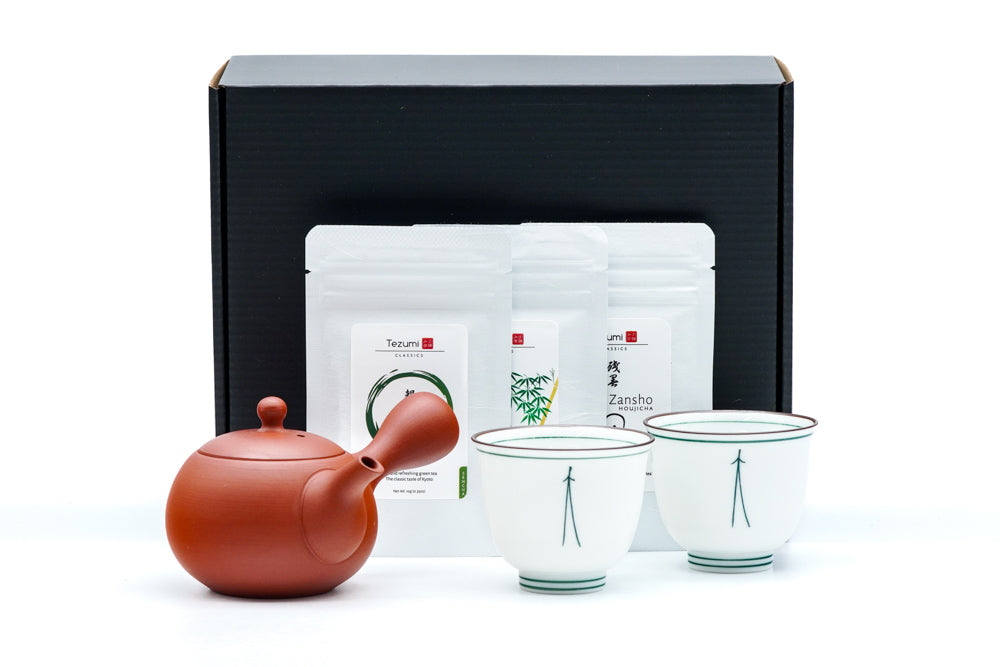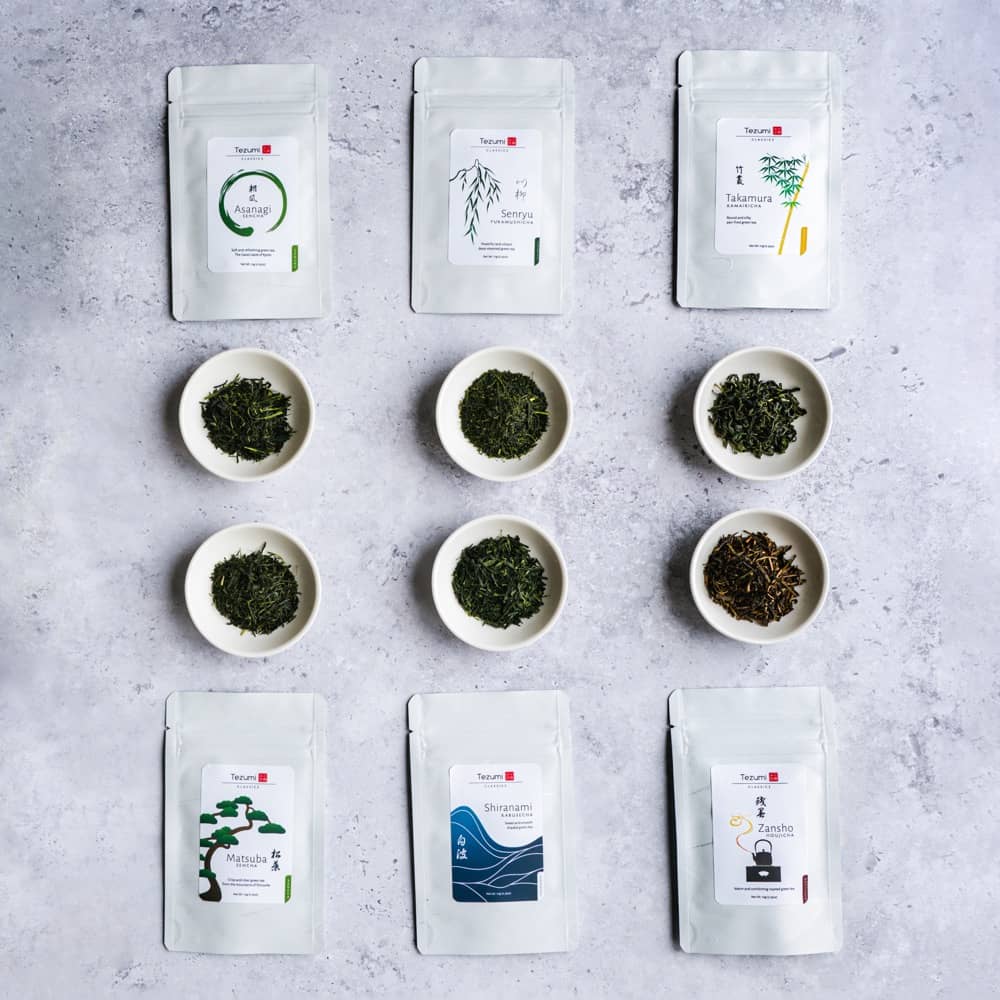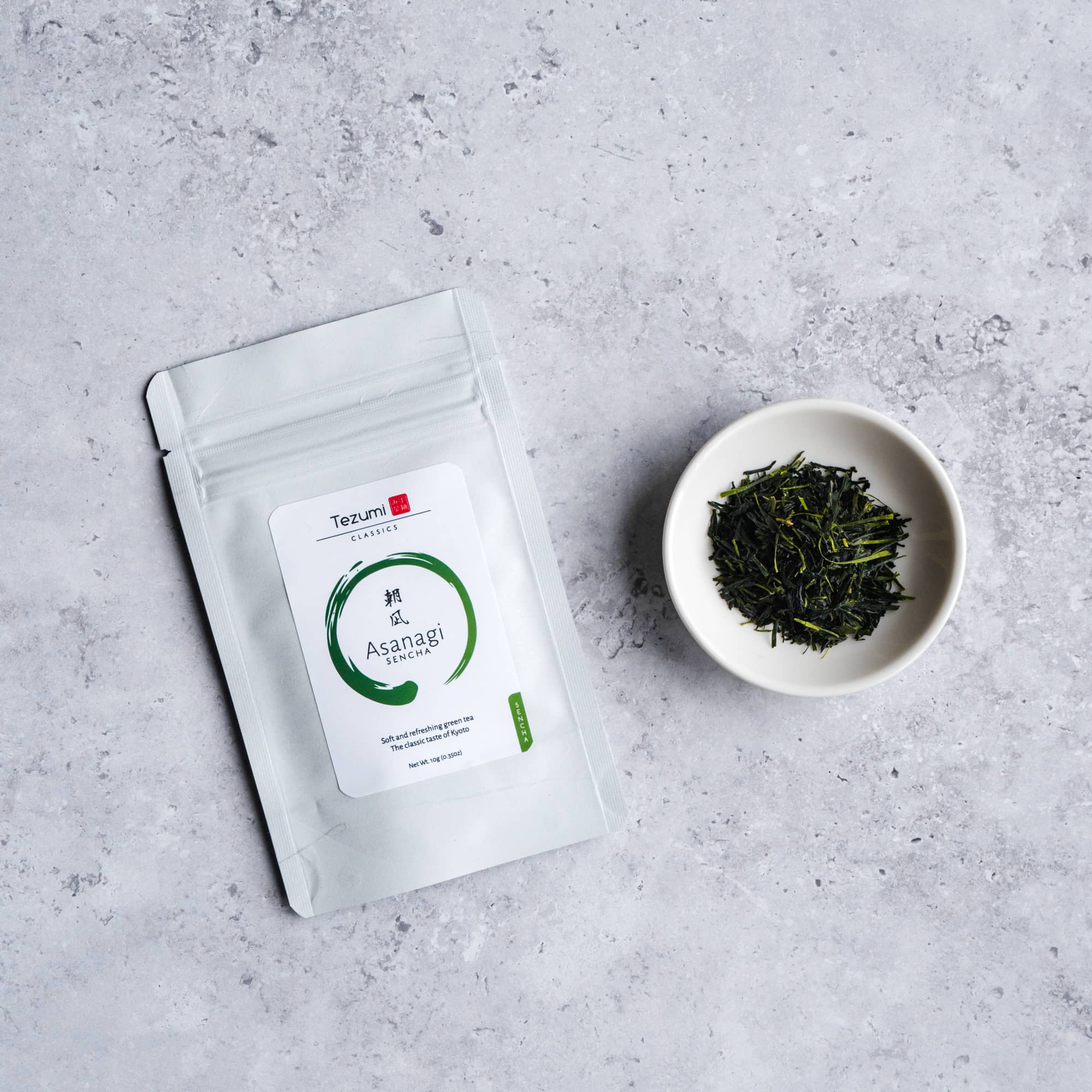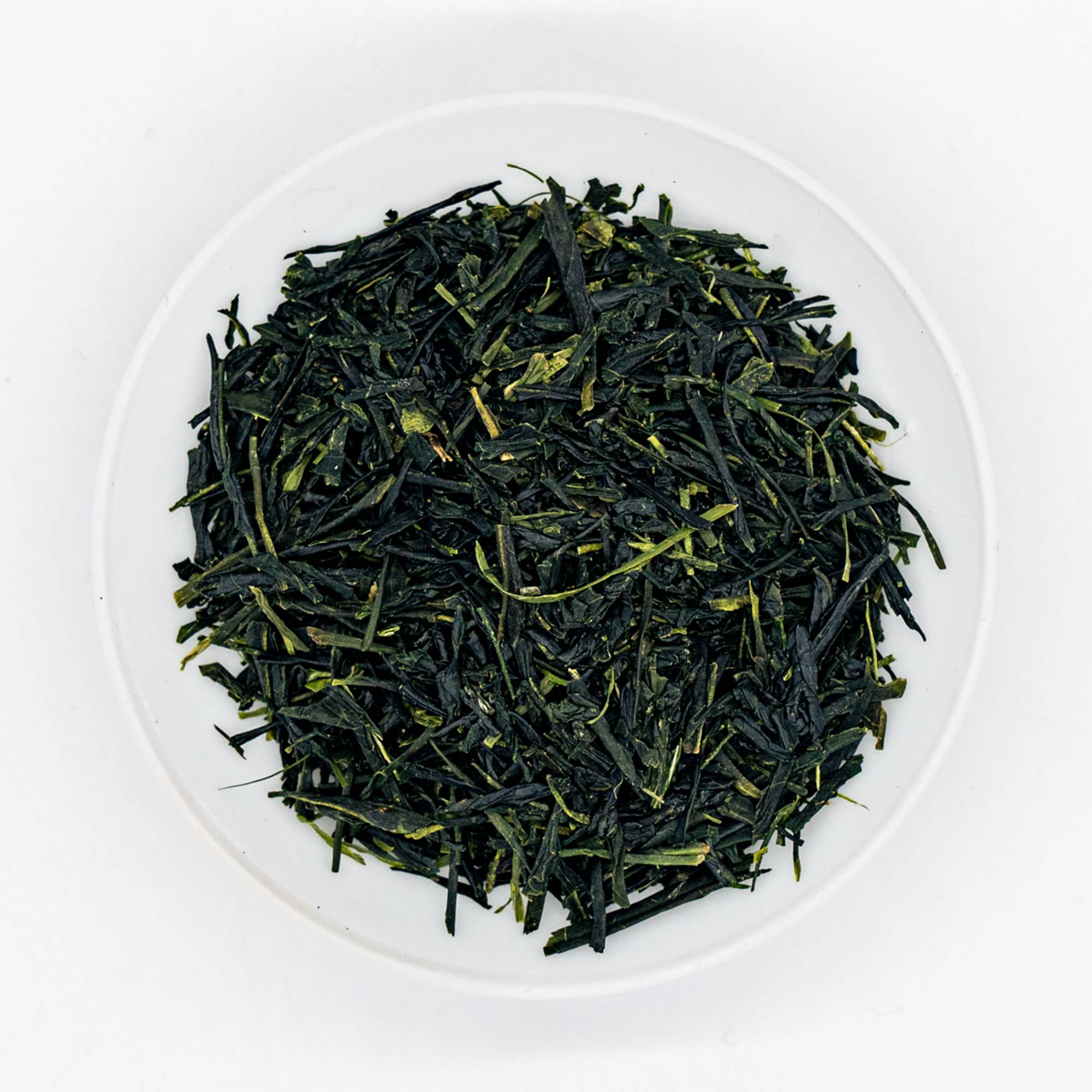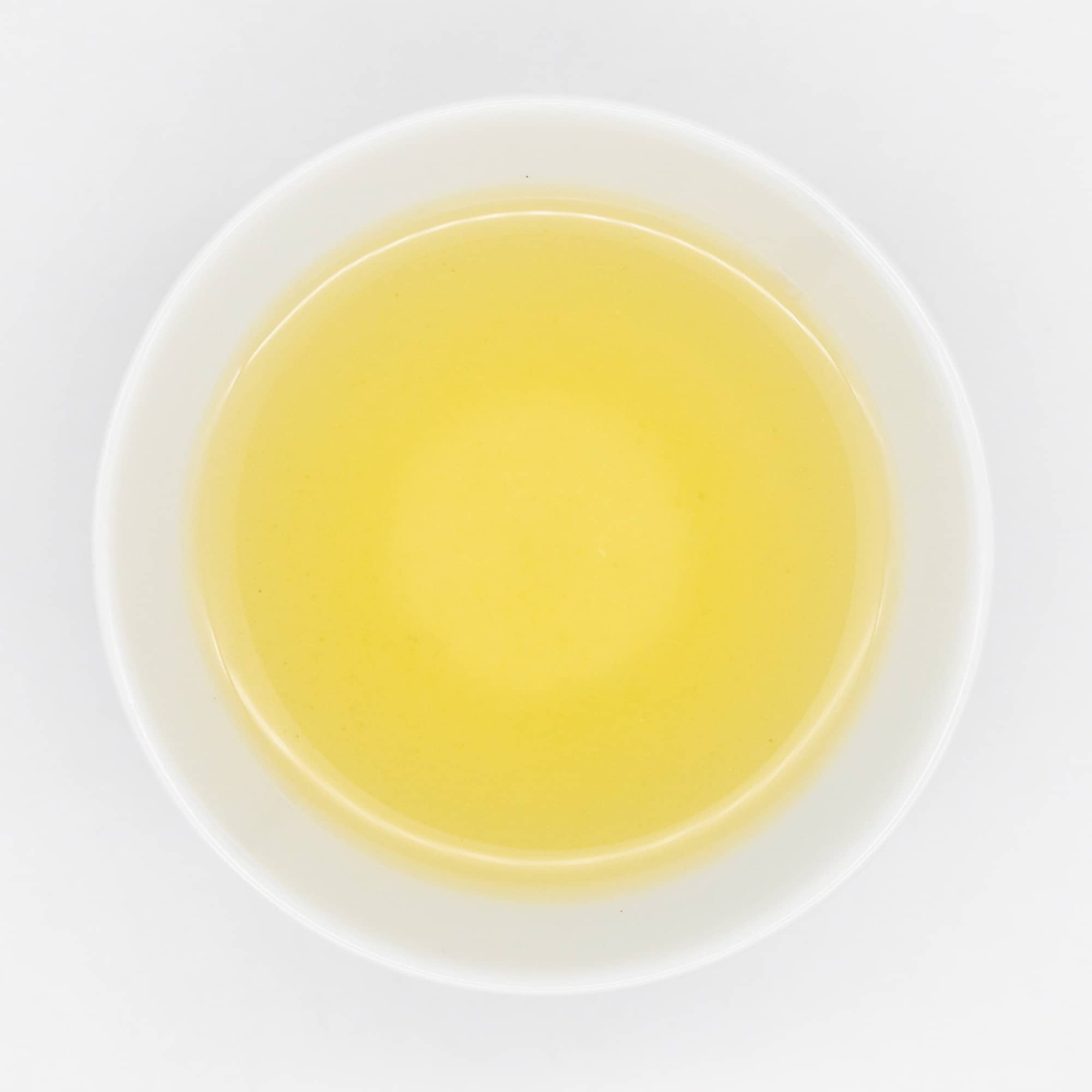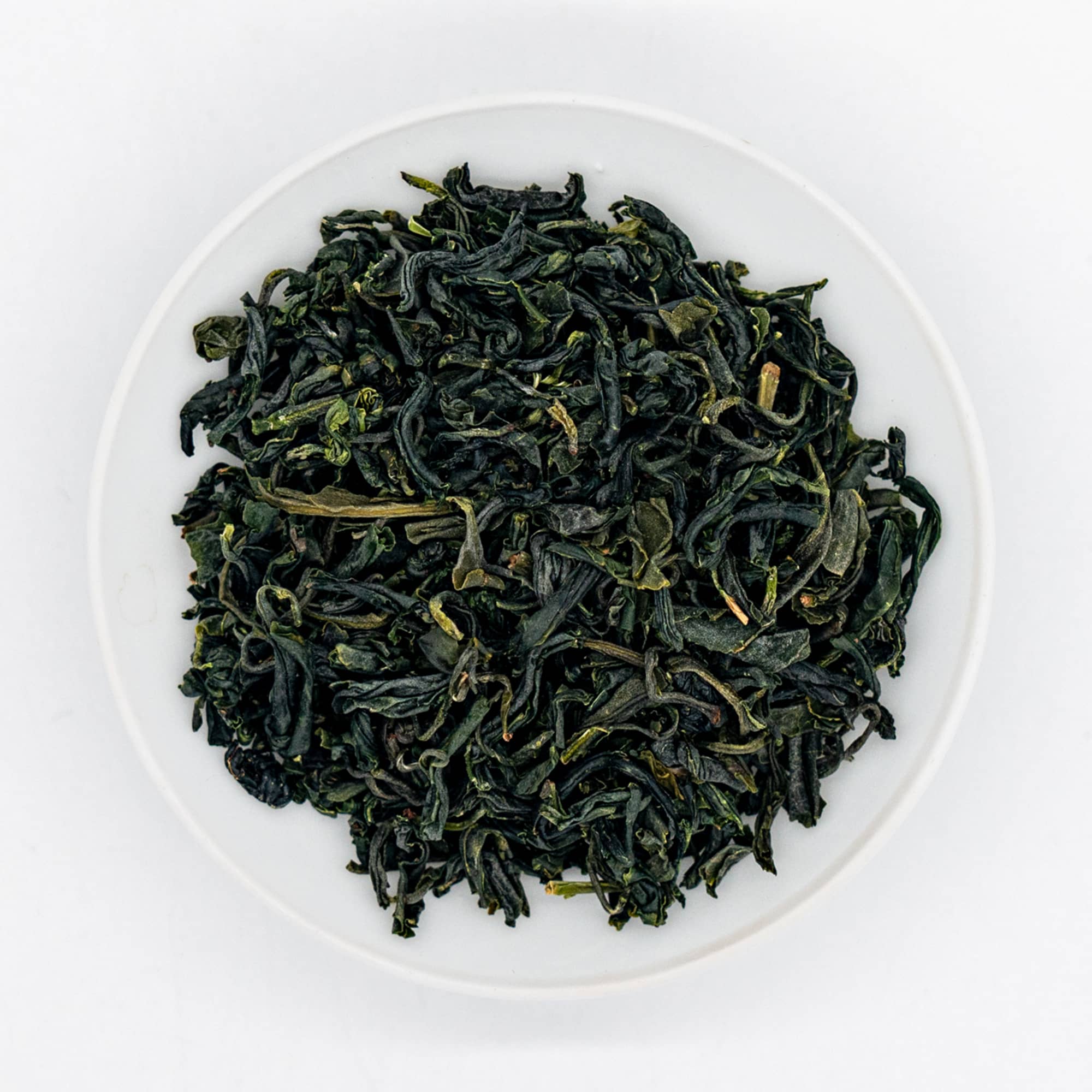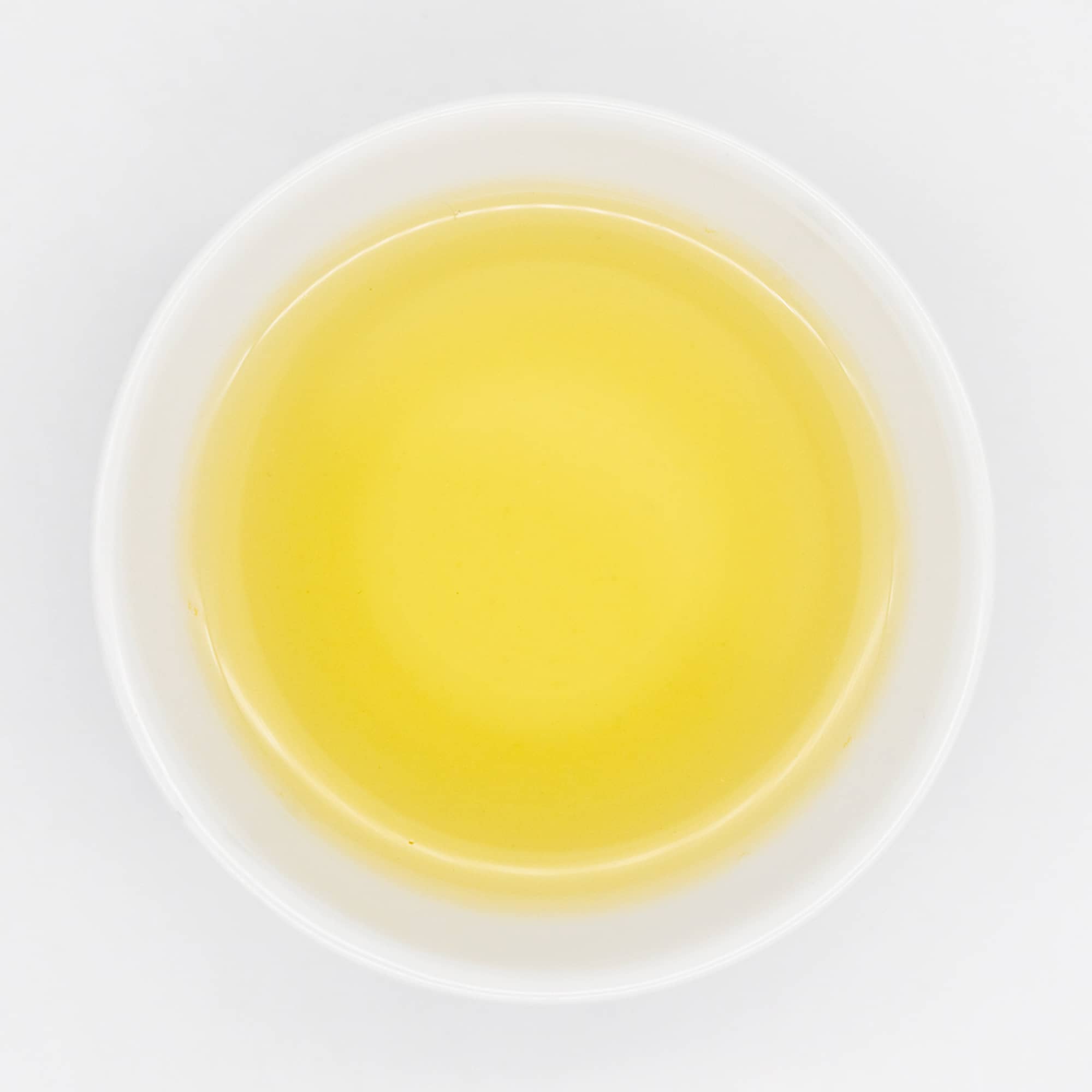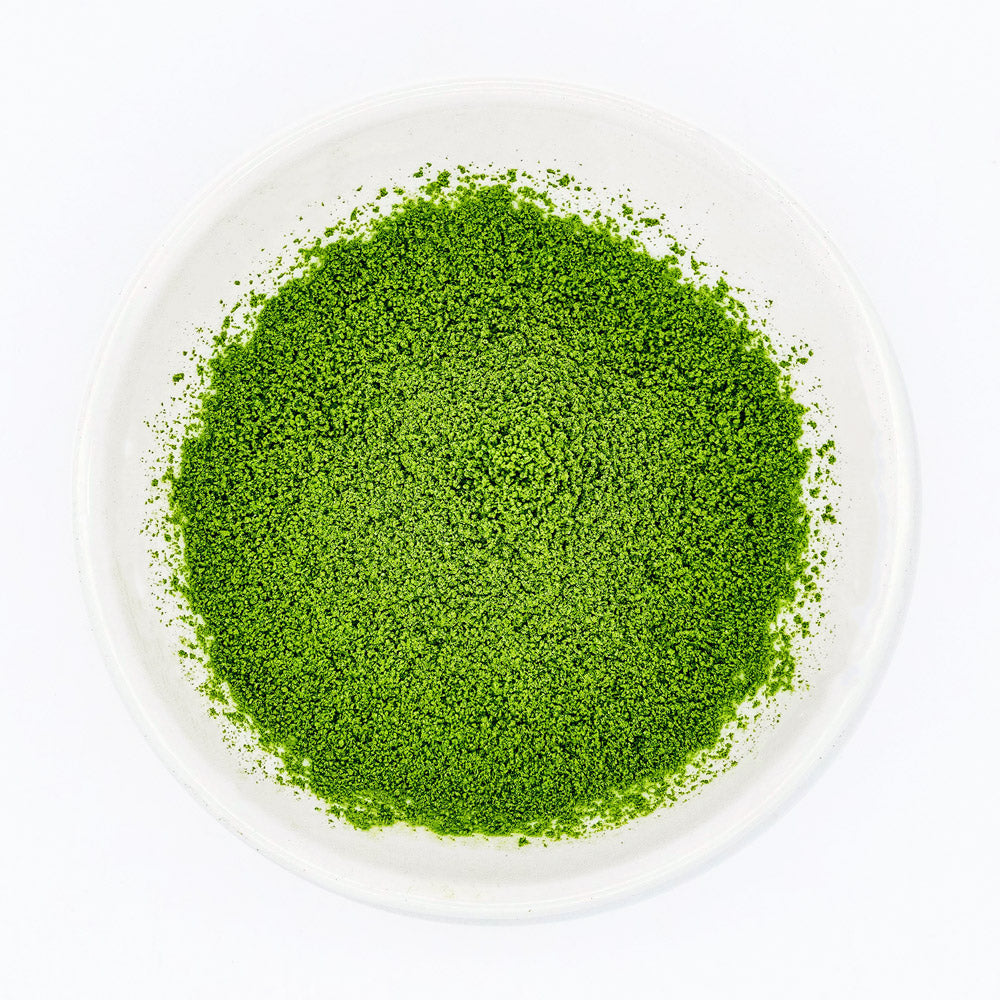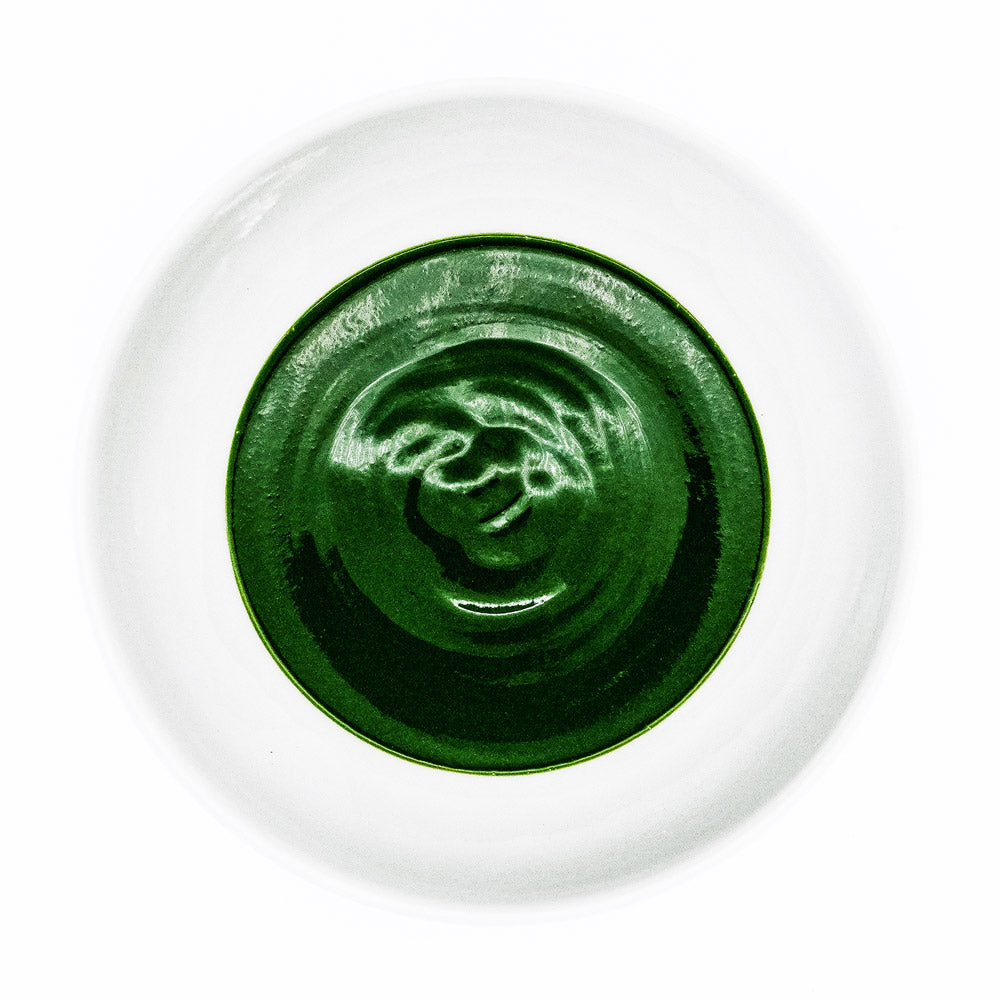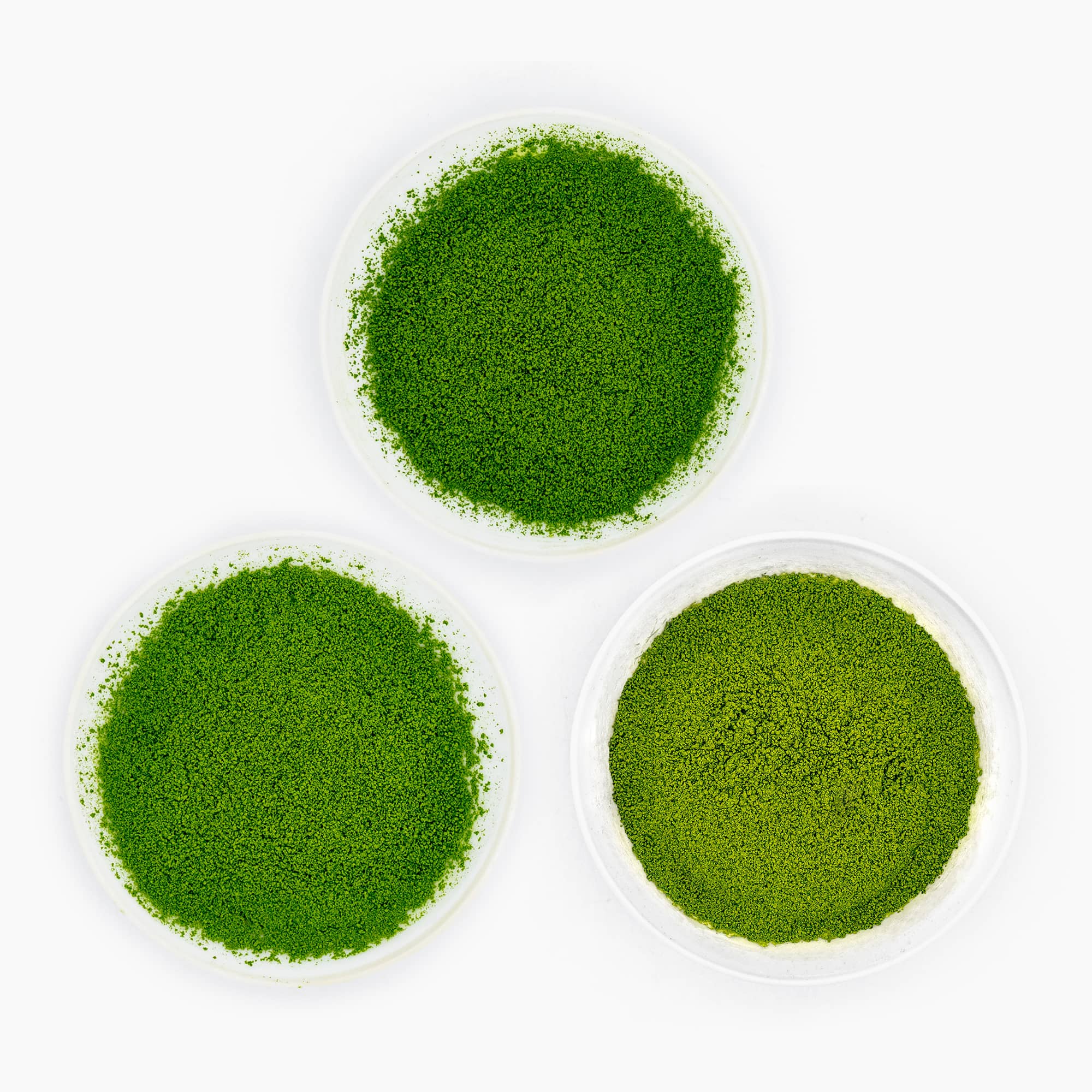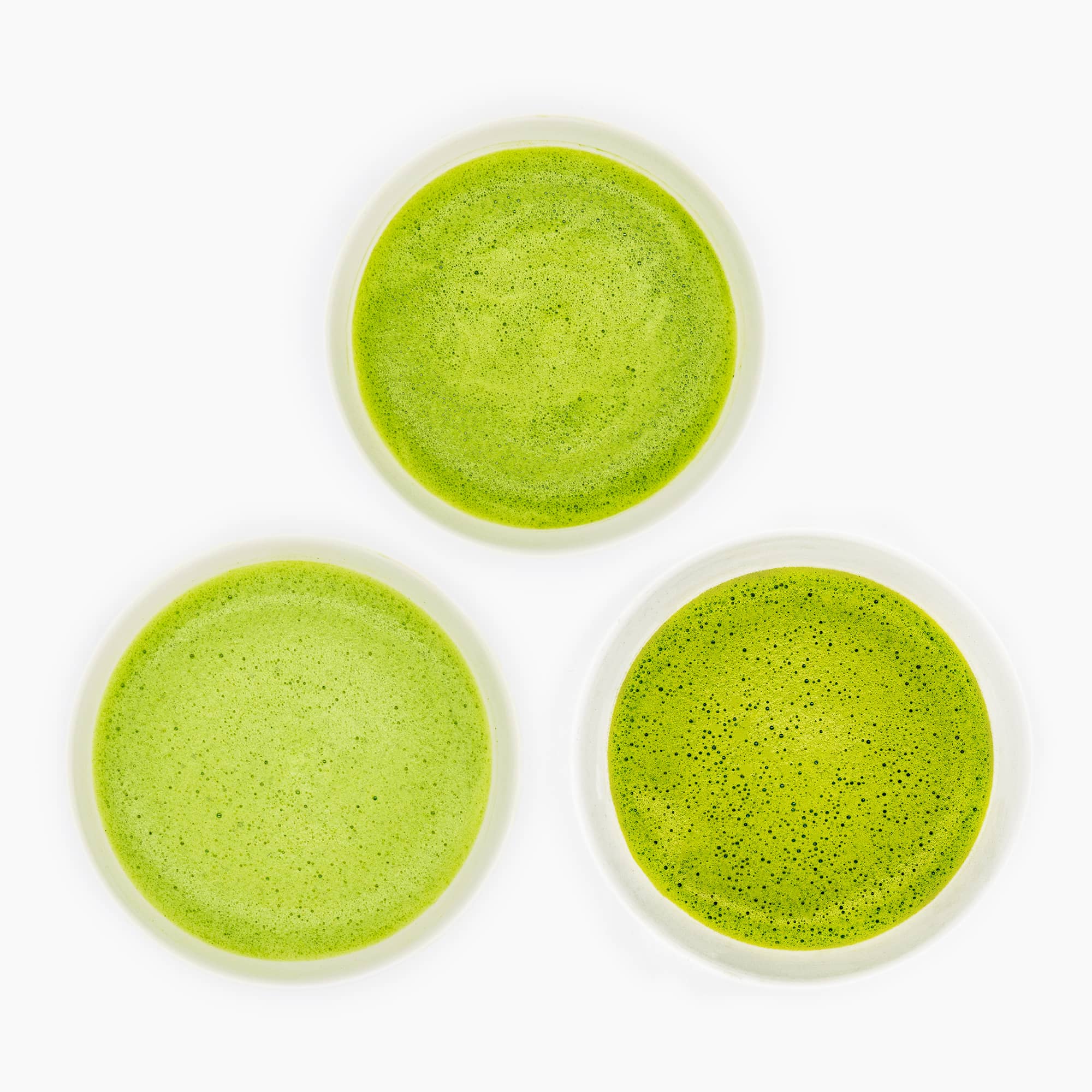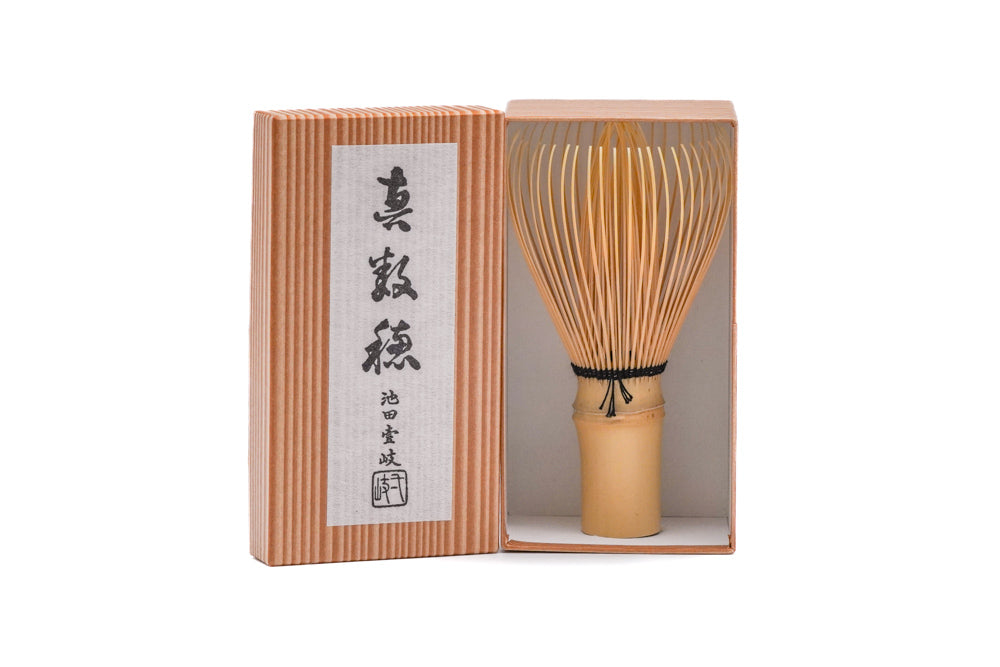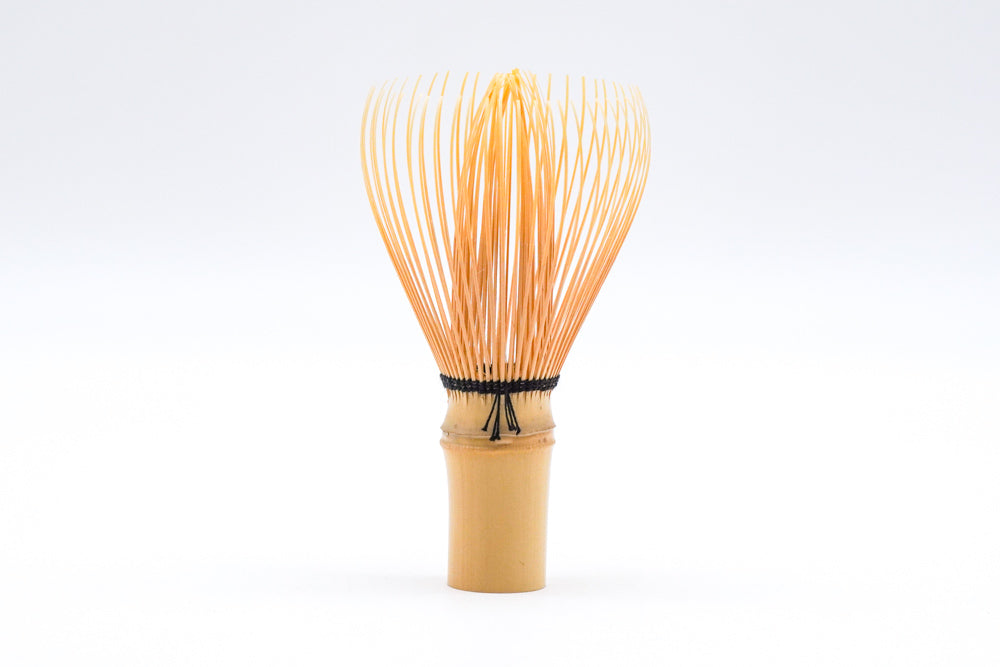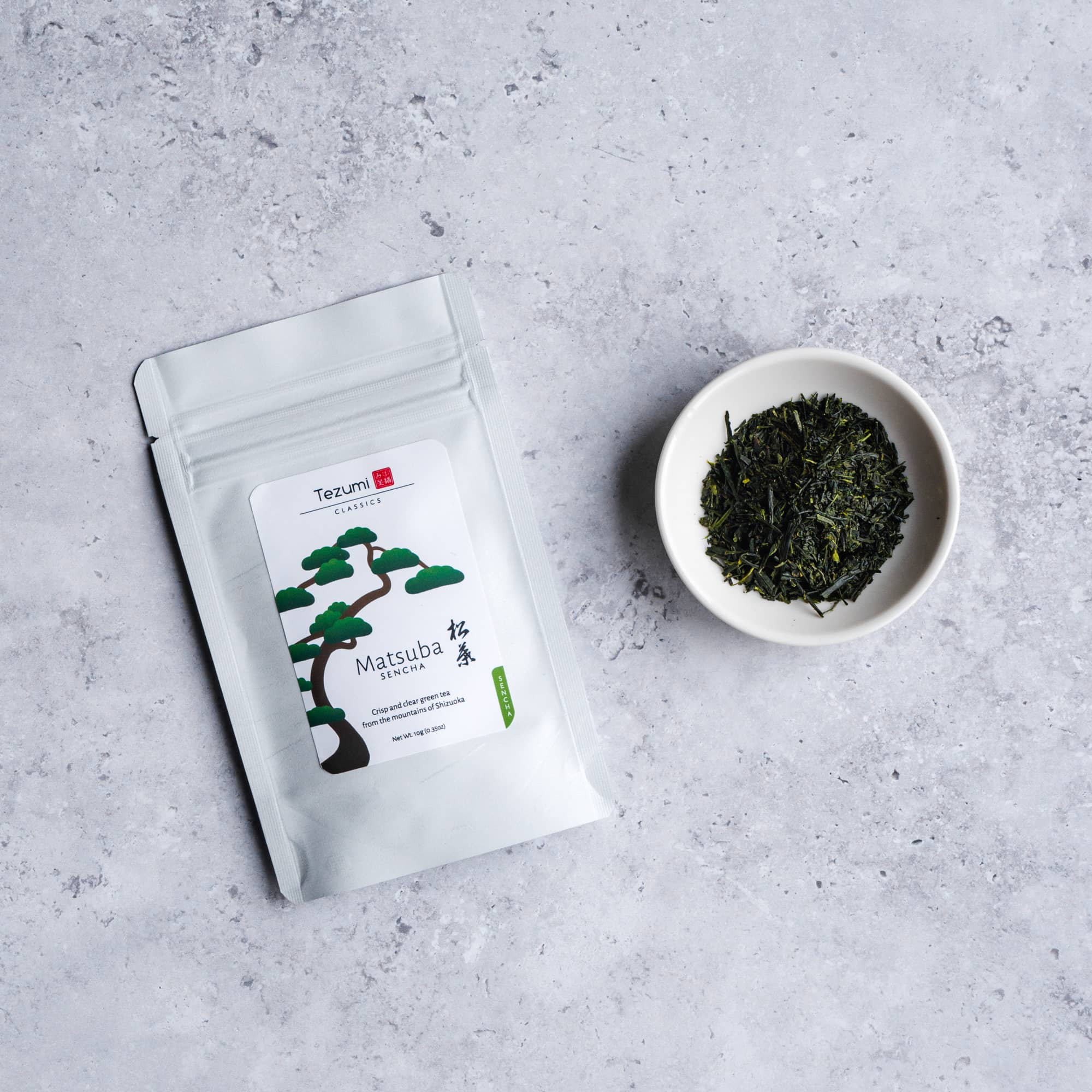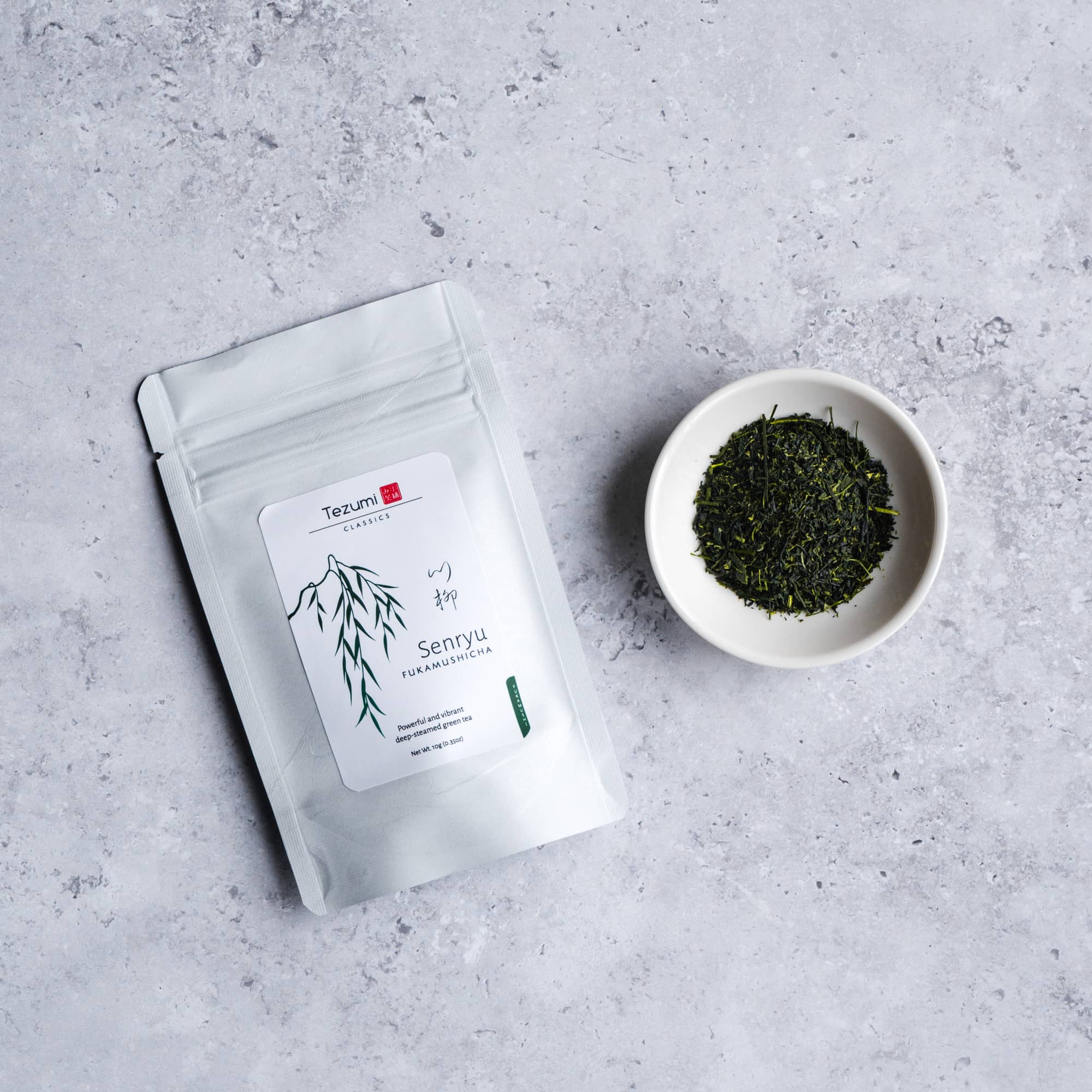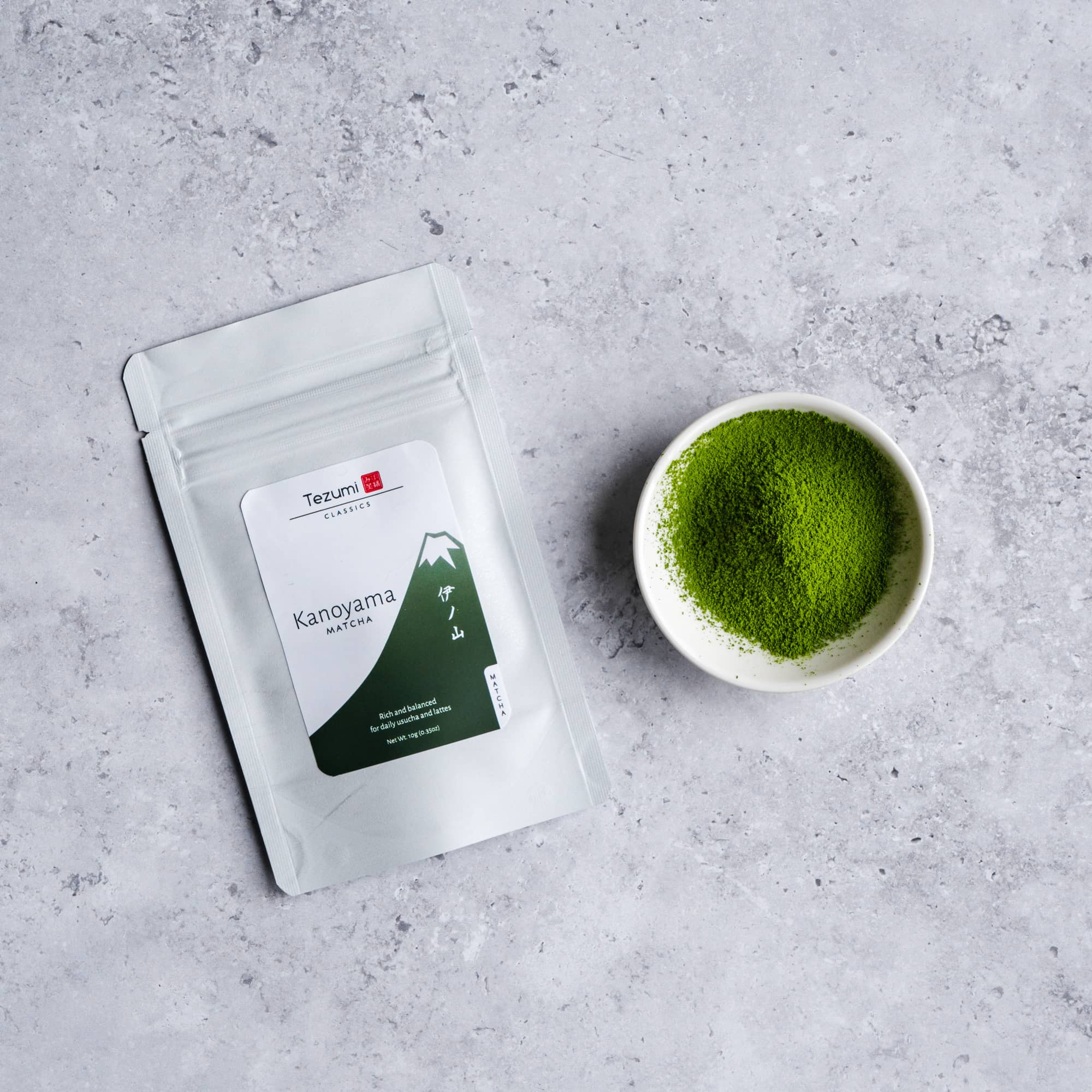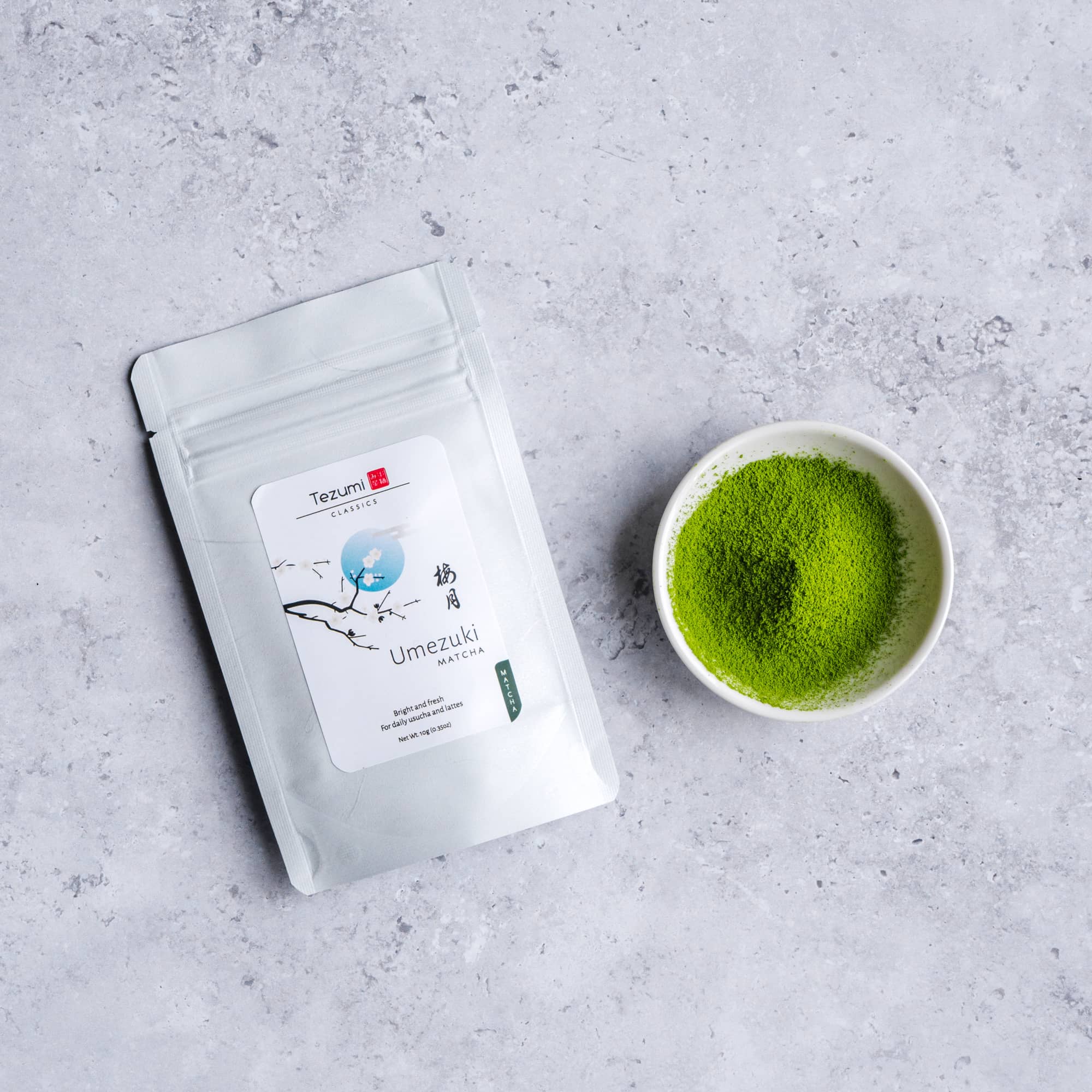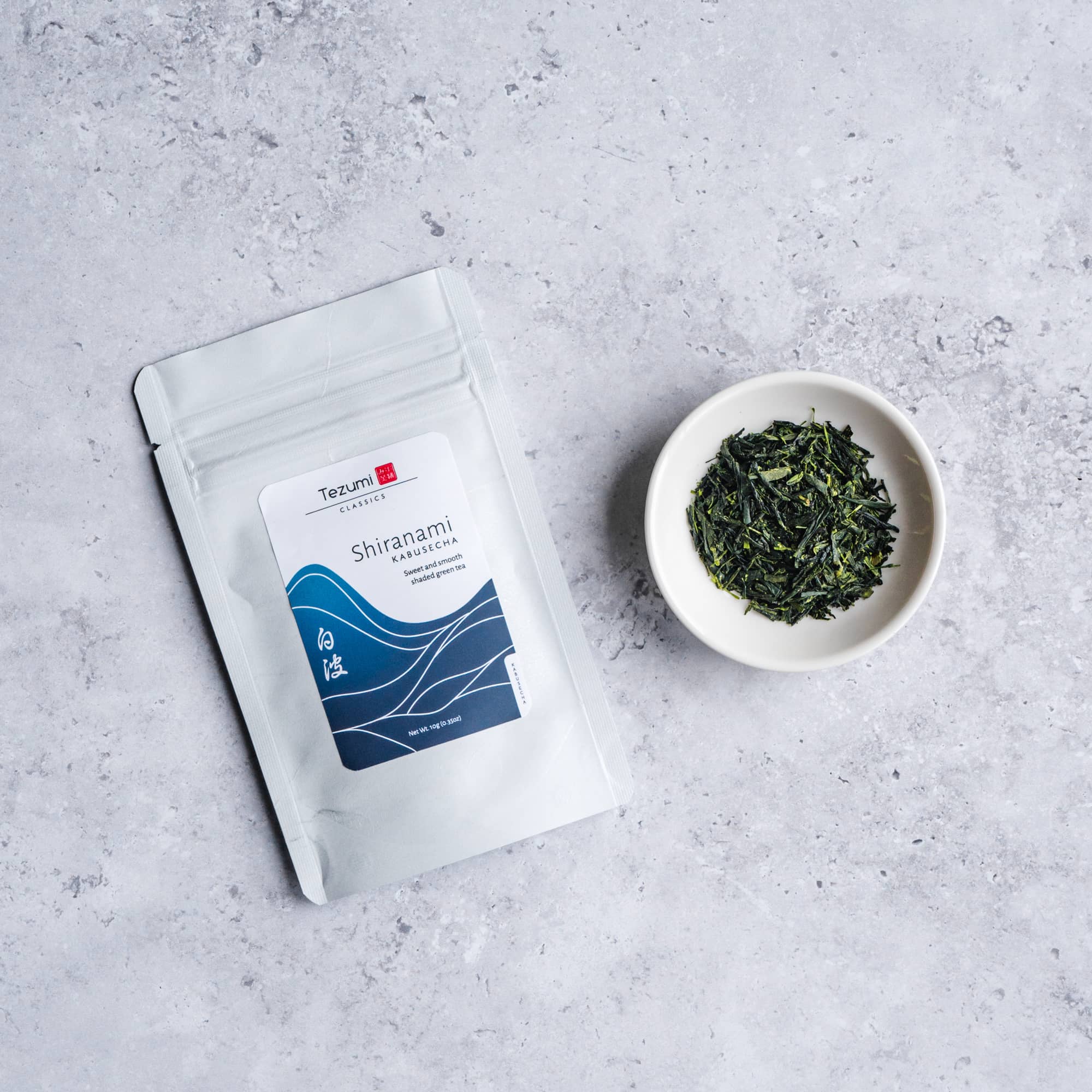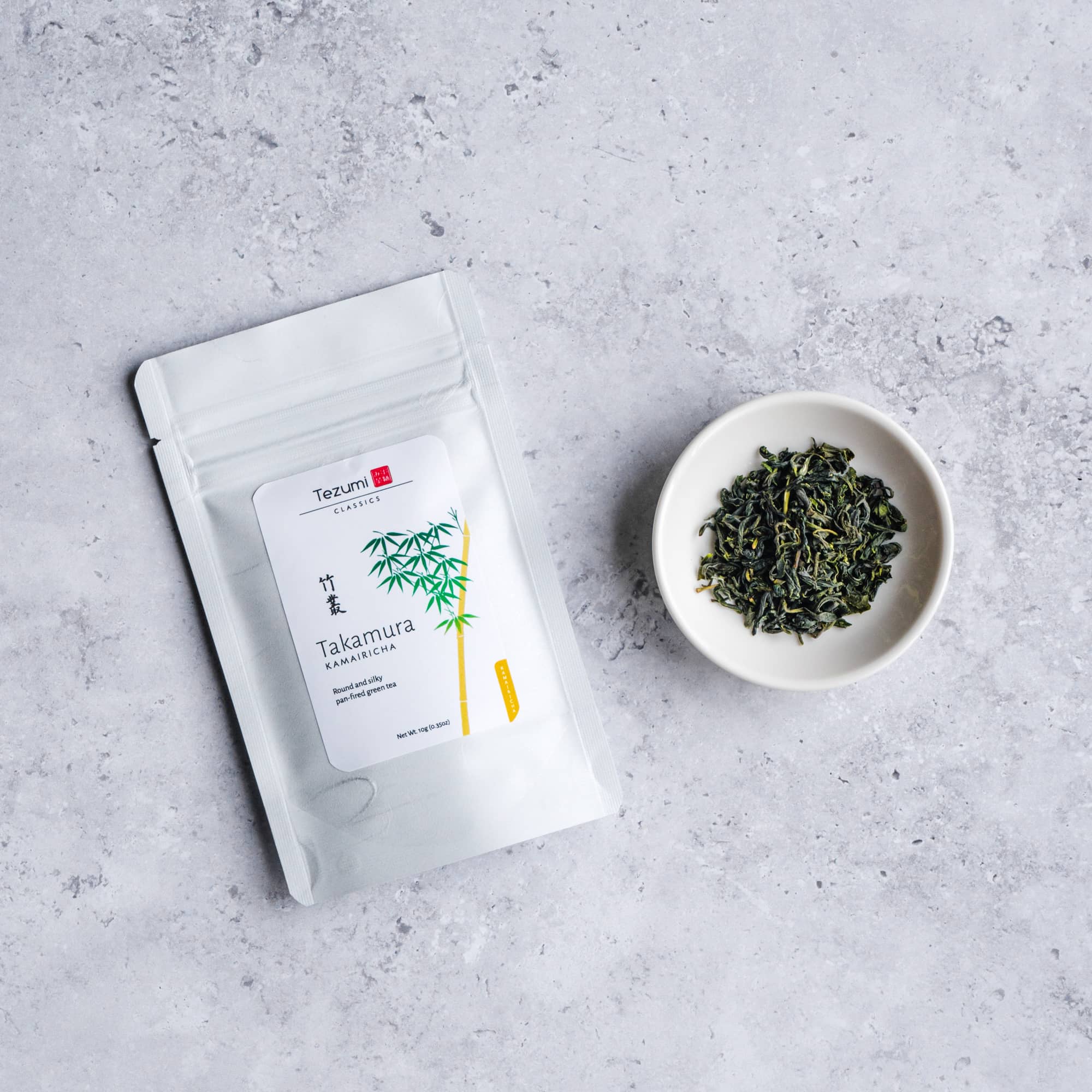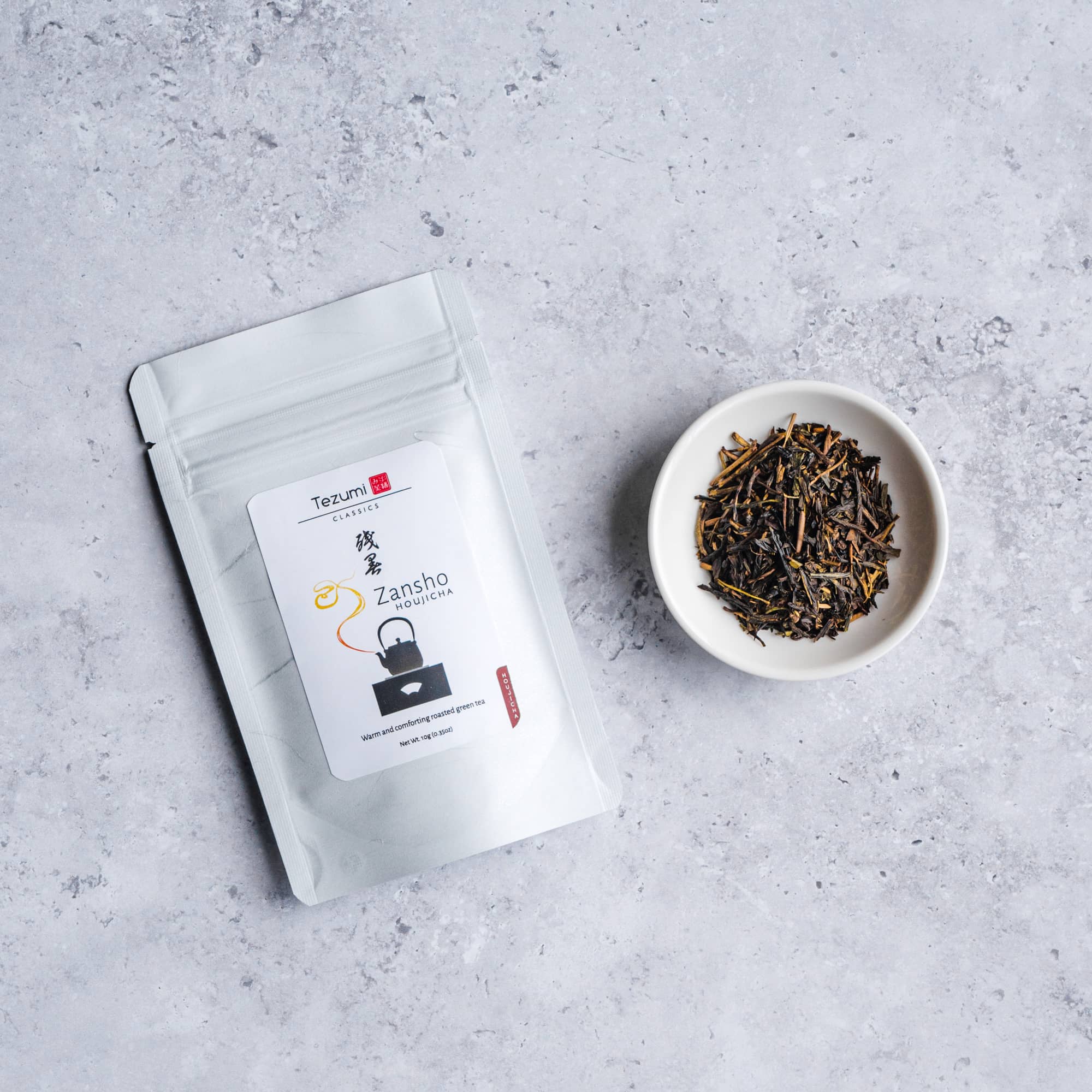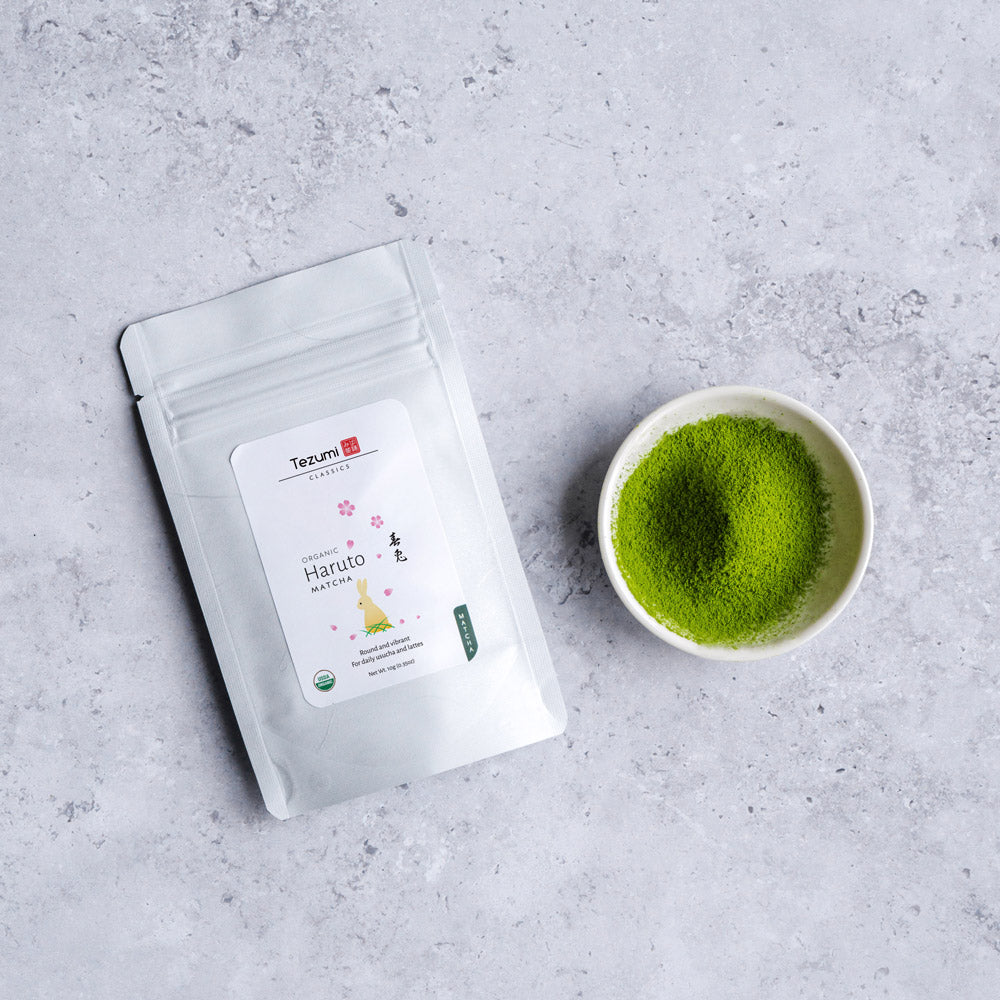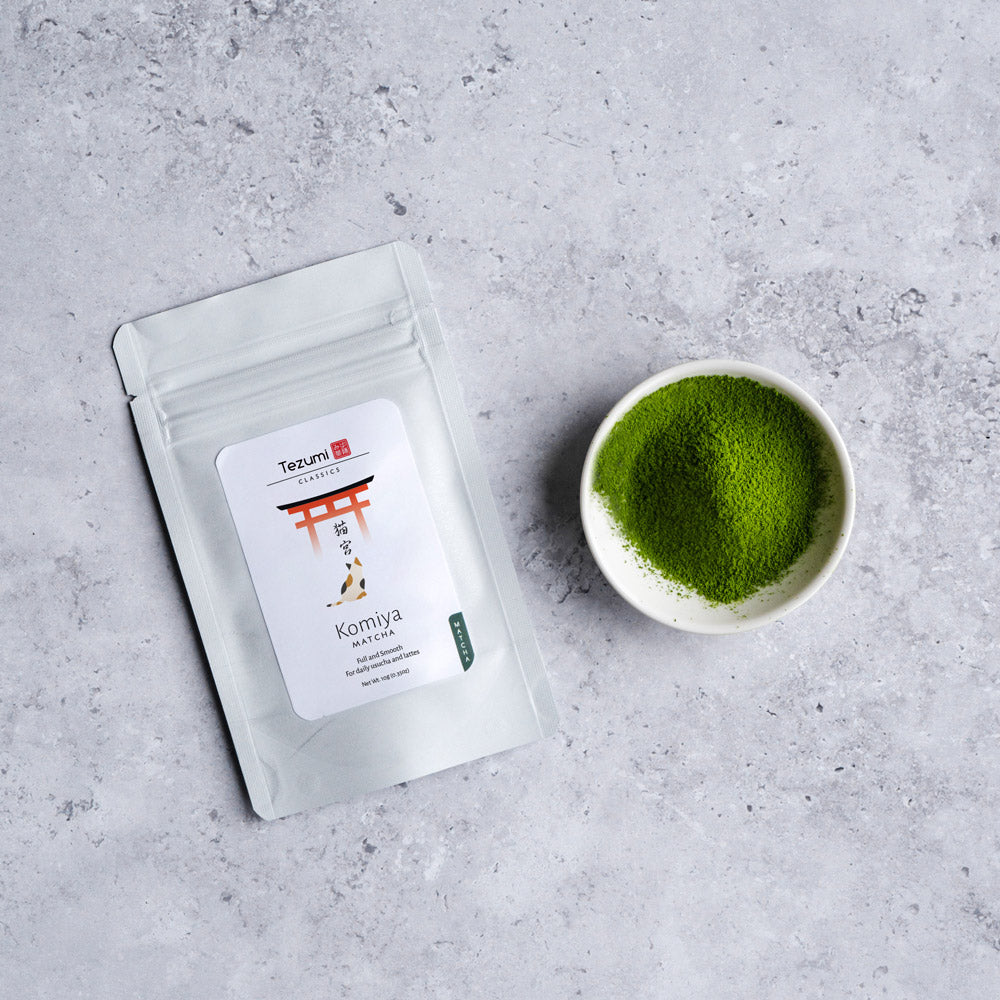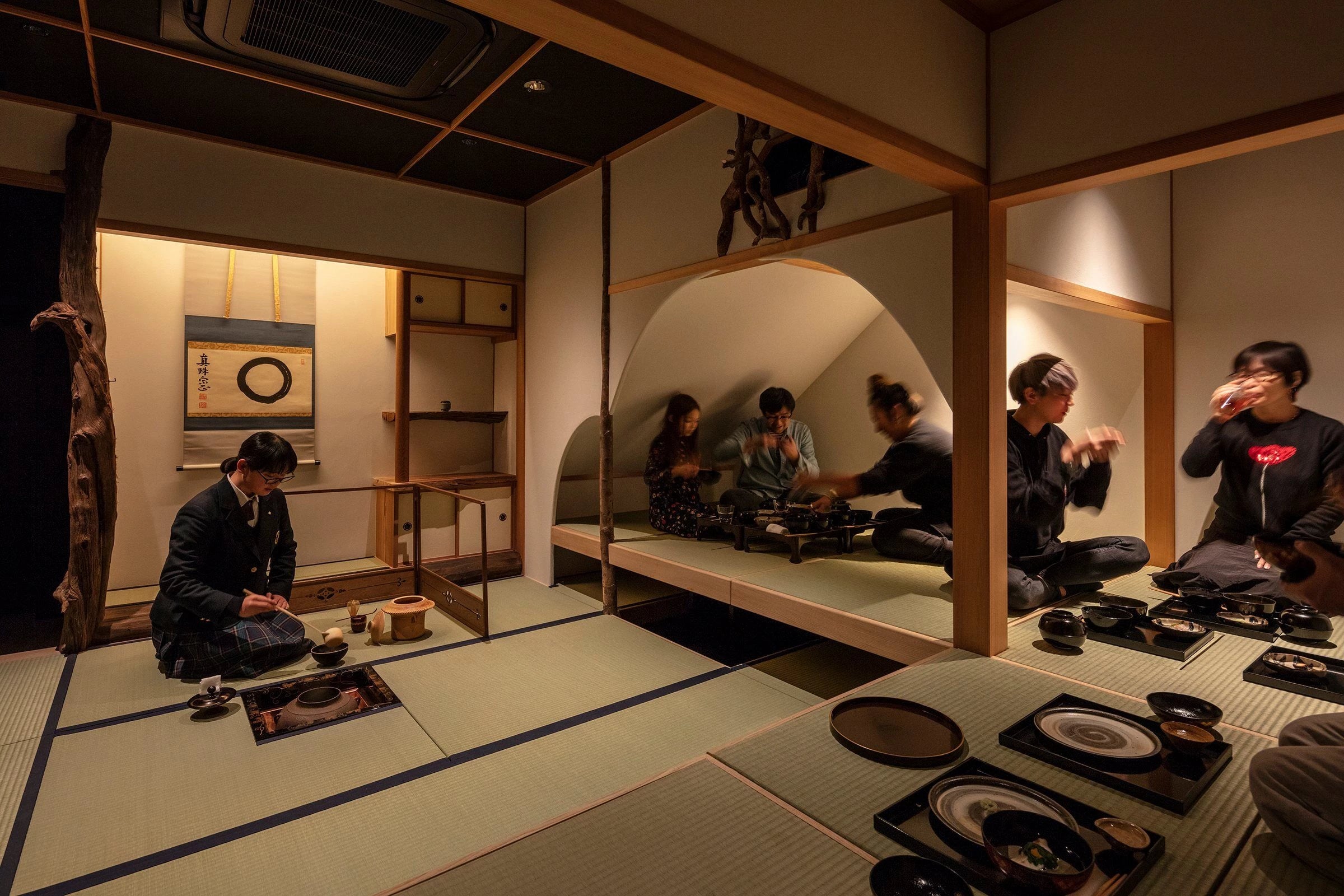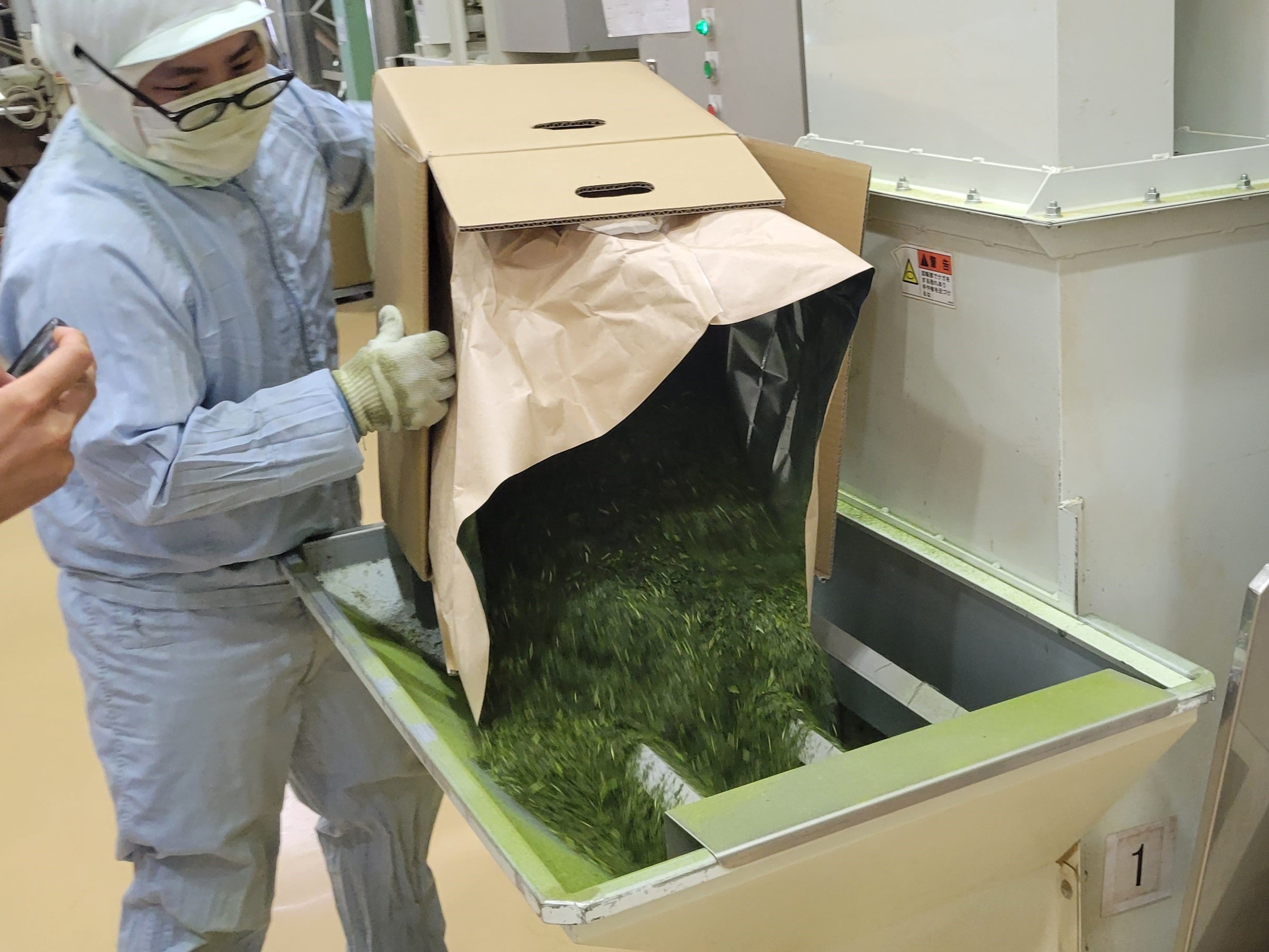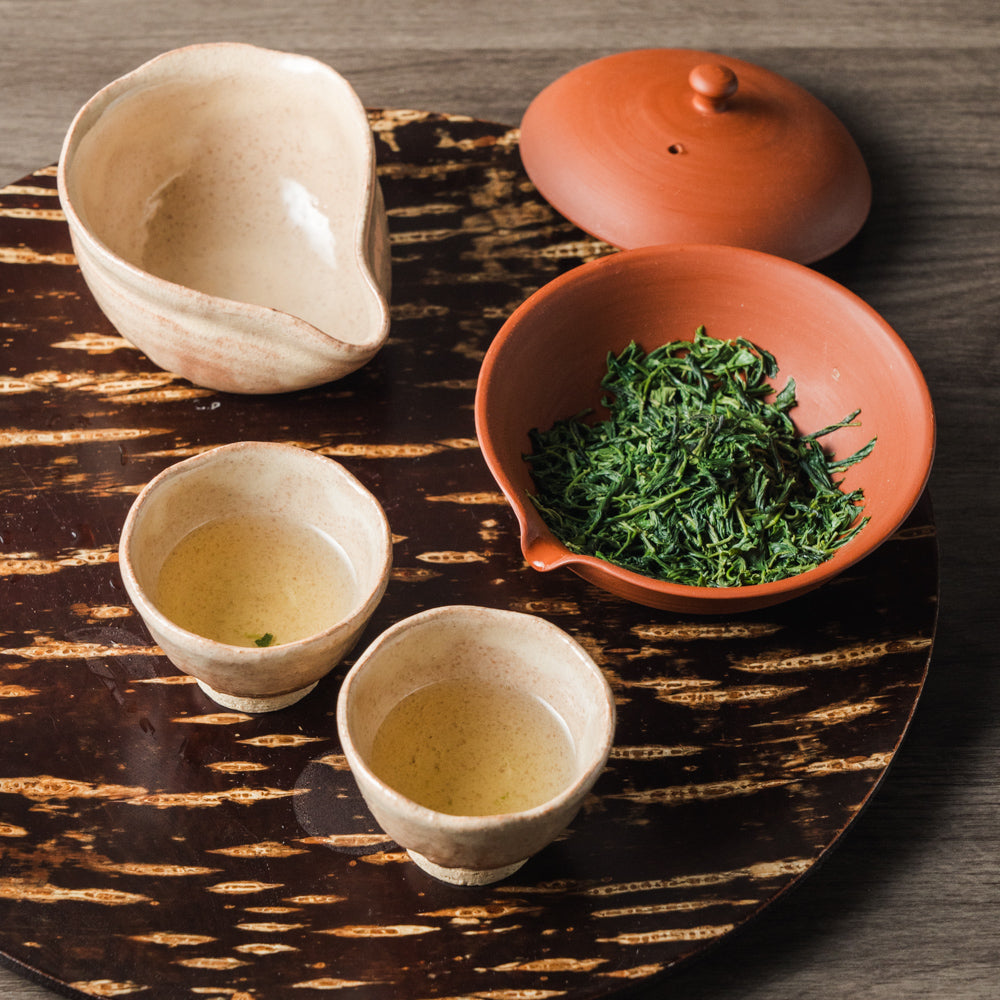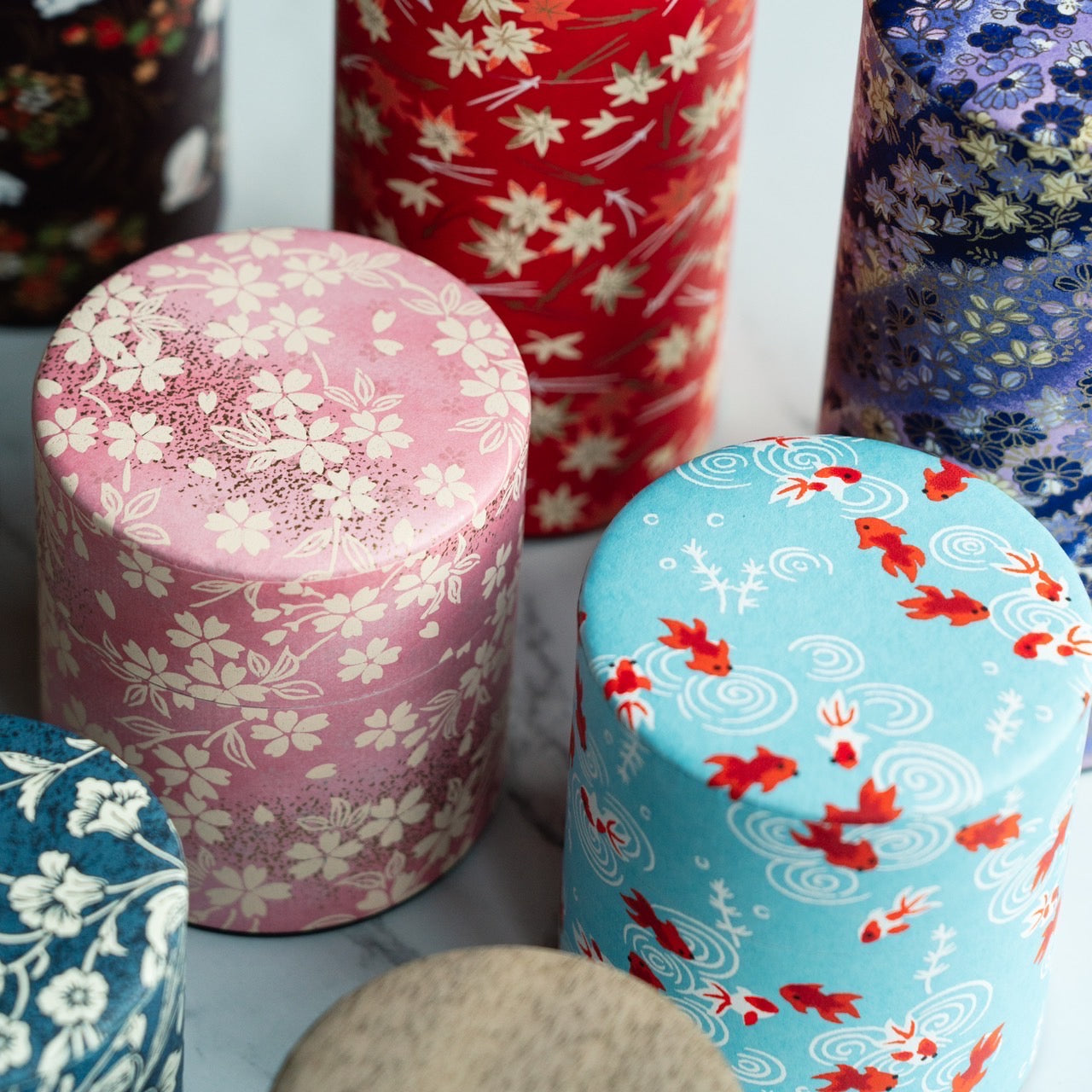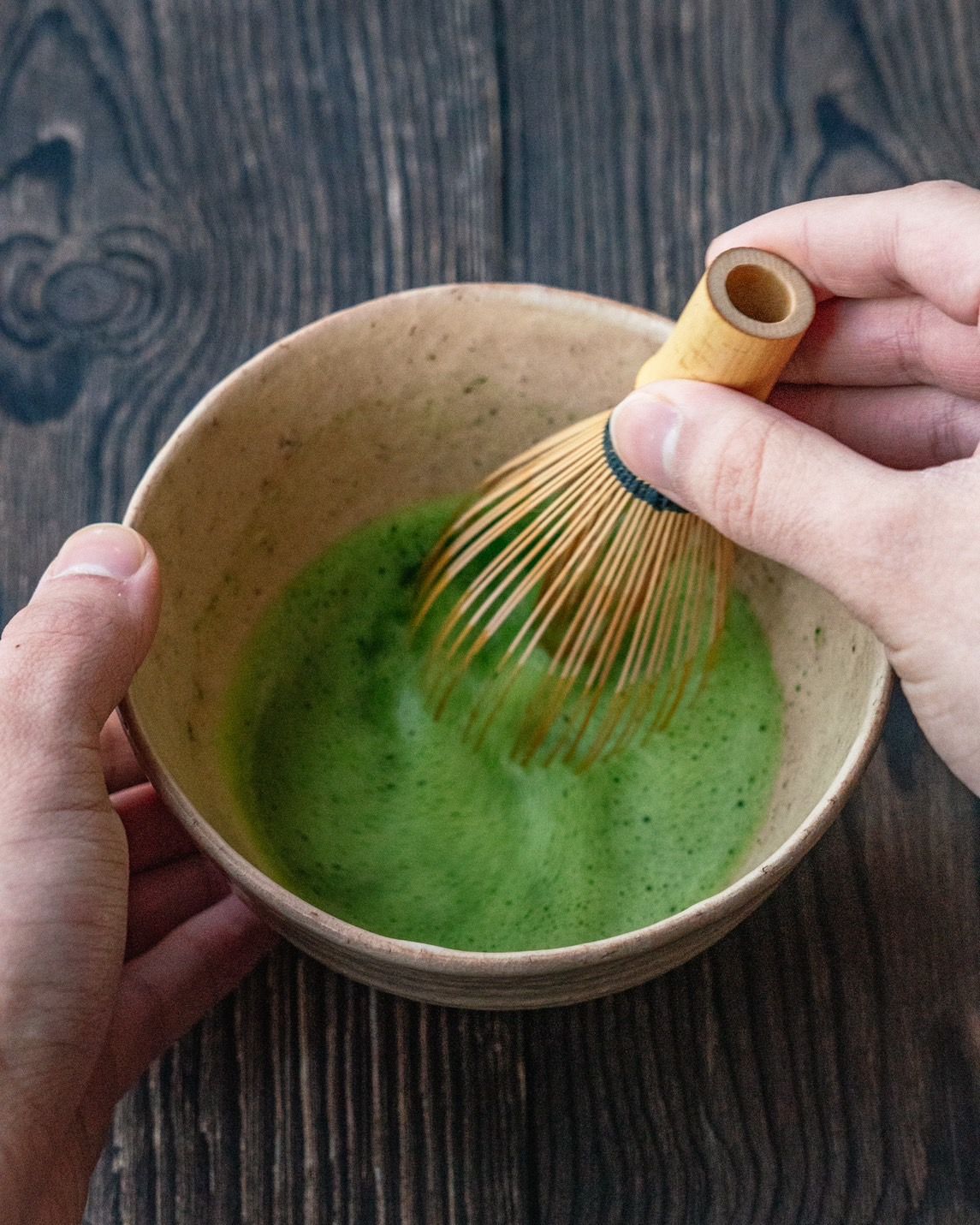This Kuro-Raku chawan (matcha bowl) has a open hantsutsu-gata shape with glazed completely in a deep, featureless black, representing the epitome of the wabi aesthetic as put forth by Sen-no-Rikyū (千利休). Stamped Raku (楽), potentially by a Raku family member.
Once damaged, this chawan has been repaired with traditional kintsugi that has been gold powdered.
Like all raku ware, this bowl is very porous and rather fragile. With each use, we suggest rinsing the bowl with hot water before preparing tea in it, as you would with any chawan.
One of Japan's most recognisable styles, Raku-yaki (楽焼) or Raku ware was developed by famous tea master Sen-no-Rikyu in the late 16th century. Perhaps inspired by the recently created 引き出し黒 (hikidashi-guro) technique used to produce the Seto-guro style of black chawan, Rikyu collaborated with tile-maker Chōjiro to produce a new style of ware for use in the tea ceremony. Hand-formed from porous clay rather than wheel-thrown, Raku chawan are then coated in a lead glaze, fired at low temperatures, and removed from the kiln while still glowing hot. Most Raku chawan exist in two styles: Aka-raku (red raku), and Kuro-raku (black raku).
Kintsugi (金継ぎ - gold joinery) is a ceramic repair technique in which chips, cracks, and broken pieces are repaired with urushi lacquer, which is either mixed or dusted with precious metal powder, typically gold or silver. Rather than hiding the damage, the use of precious metals highlights the flaws, which tells the story of the item’s wear and repair over time, and ties into the Buddhist concept of mushin (無心 - no mind) which embraces such imperfection.
The technique and philosophy of kintsugi has long been associated with chanoyu (茶の湯) or the Japanese tea ceremony, where it has been used on many famous pieces. The earliest examples were often repaired with simple black or red urushi lacquer, which is less ornate and more wabi or humble. Though the technique of lacquer repair dates as far back as the Jomon period, it was supposedly first introduced to the tea room by Furuta Oribe (古田織部) in the late 16th to early 17th century.
One of Japan's most recognisable styles, Raku-yaki (楽焼) or Raku ware was developed by famous tea master Sen-no-Rikyu in the late 16th century. Perhaps inspired by the recently created 引き出し黒 (hikidashi-guro) technique used to produce the Seto-guro style of black chawan, Rikyu collaborated with tile-maker Chojiro to produce a new style of ware for use in the tea ceremony. Hand-formed from porous clay rather than wheel-thrown, Raku chawan are then coated in a lead glaze, fired at low temperatures, and removed from the kiln while still glowing hot. Most Raku chawan exist in two styles: Aka-raku (red raku), and Kuro-raku (black raku).
Dimensions:
12cm (4.7in) - width (including handle)
8.3cm (3.3in) - height
530ml - capacity
Condition: Excellent
This vintage Japanese item ships from Thailand.


